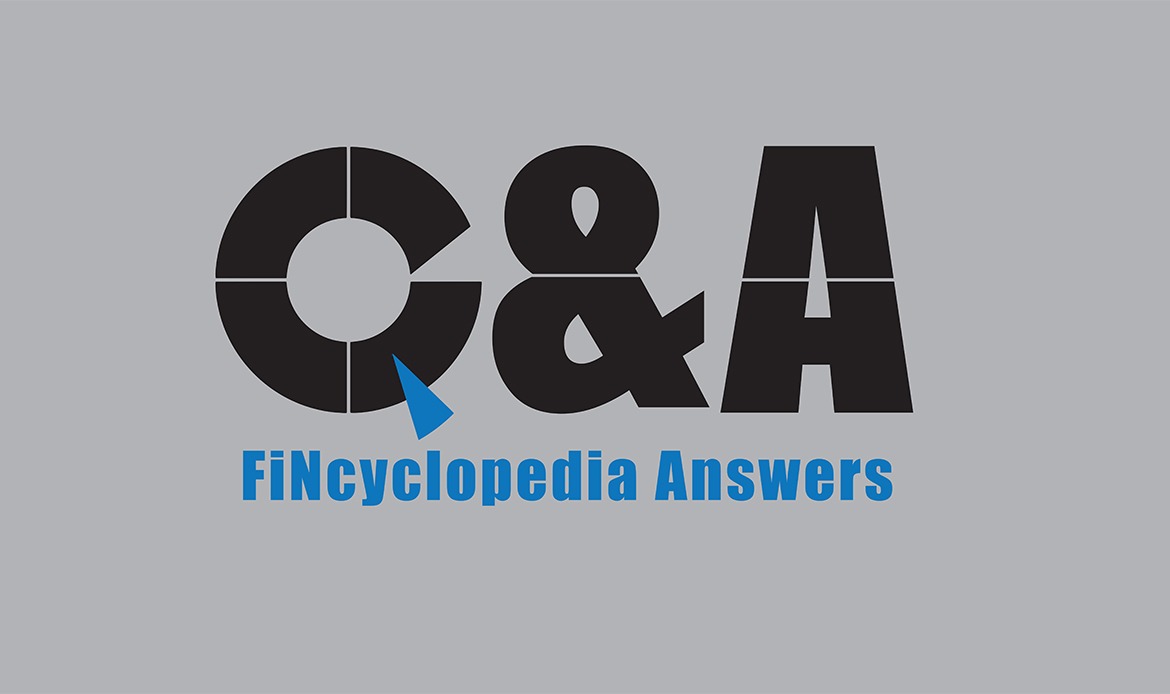A market order is an order to buy or sell a contract or security at the best price currently available in the market. This order goes to the market signifying that the trader is instructed to buy or sell at the market price and is not much concerned with the price. A market buy order will fill on the ask or offer price while a market sell order will fill on the bid price.
A stop order is an instruction to stop an order from executing until price reaches a stop price specified by the trader. This order helps traders buy only after price rises to the stop price or sell only after price drops to the stop price. This order allows traders to buy or sell at the best available price. Generally speaking, traders use stop orders to discontinue their losses when prices move unfavorably (i.e., against their positions). Hence, stop orders are also known as stop loss orders.
A stop order becomes a market order if the stop price is reached. A stop order to sell is a market order to sell when the underlying price hits or drop below the specified stop price. Also, a stop order to buy is a market order to buy when the underlying price hits or rise above the specified stop price. Once the specified stop price is reached, the stop order becomes a market order and is subject to the uncertainty of the execution price typically associated with market orders.





Comments